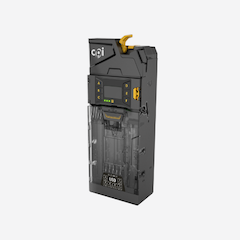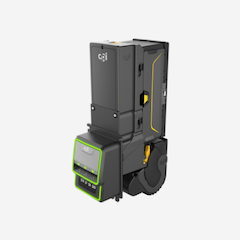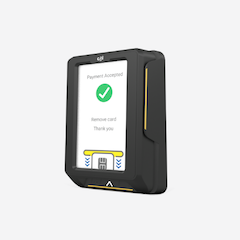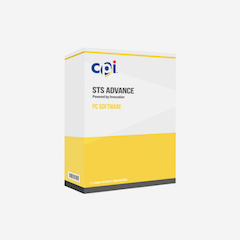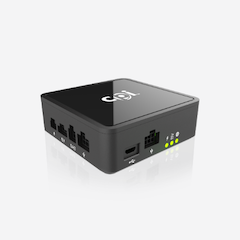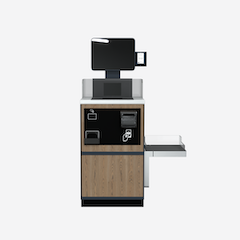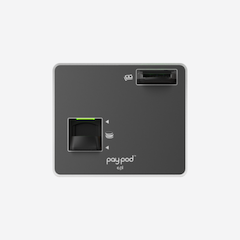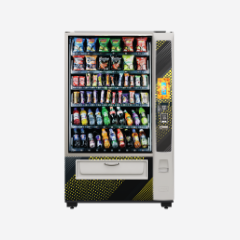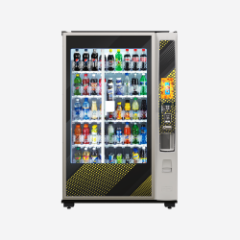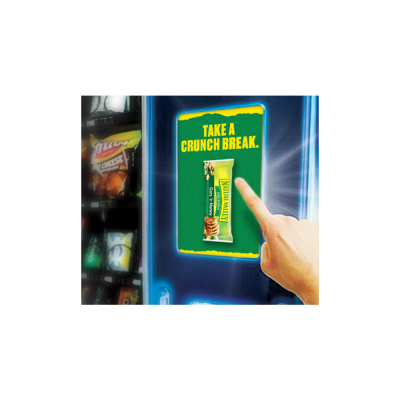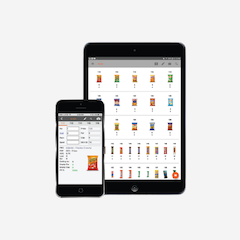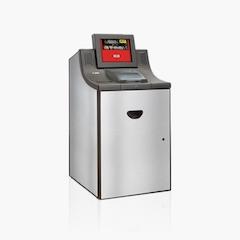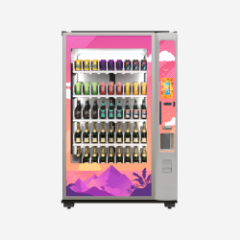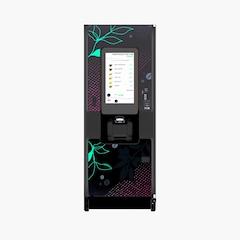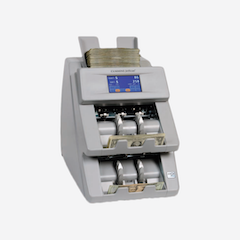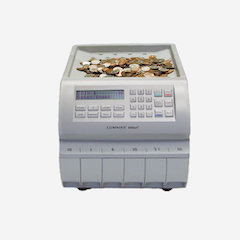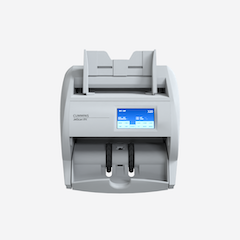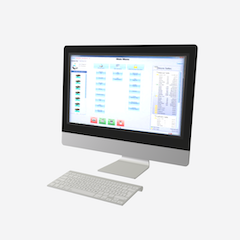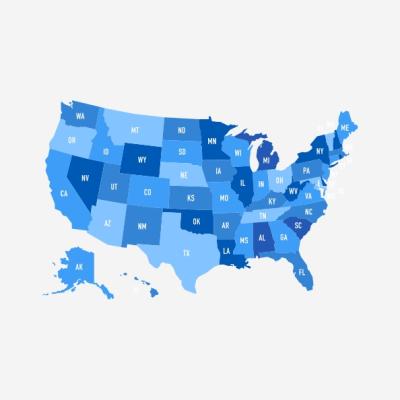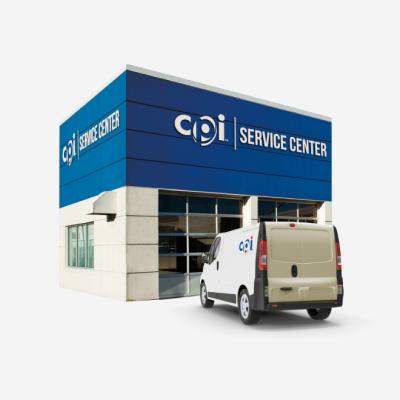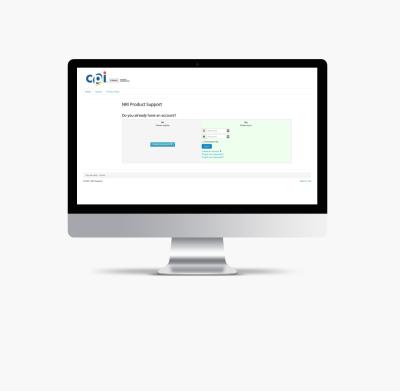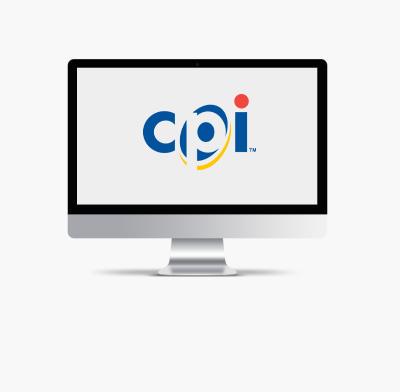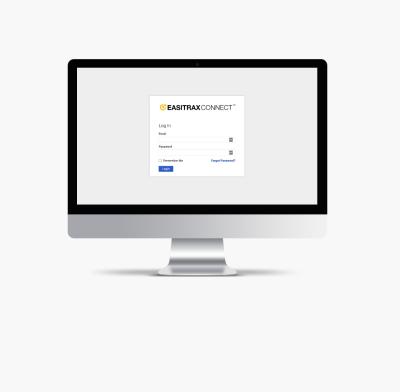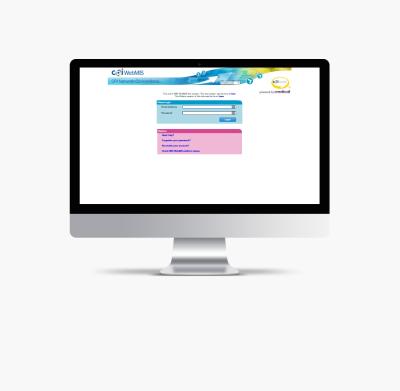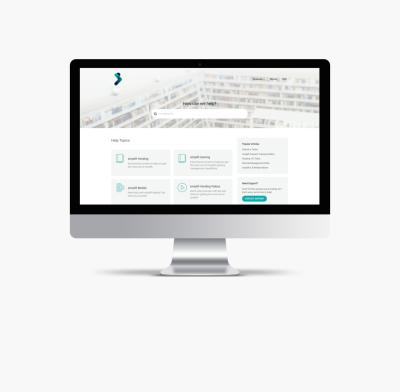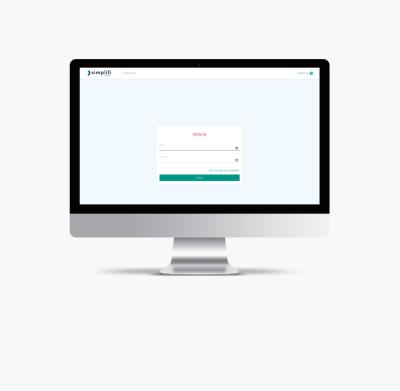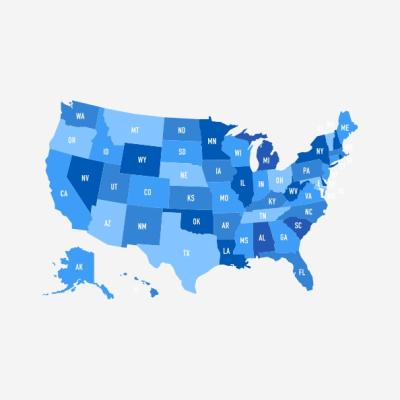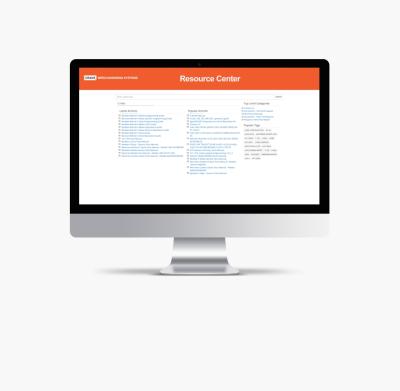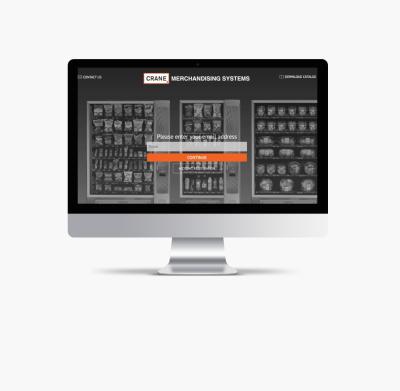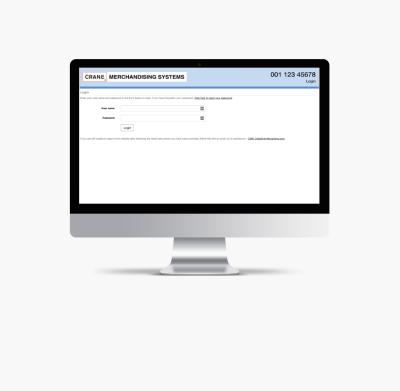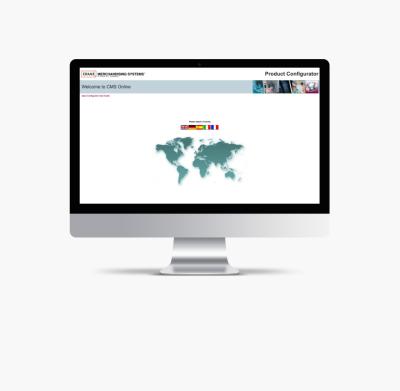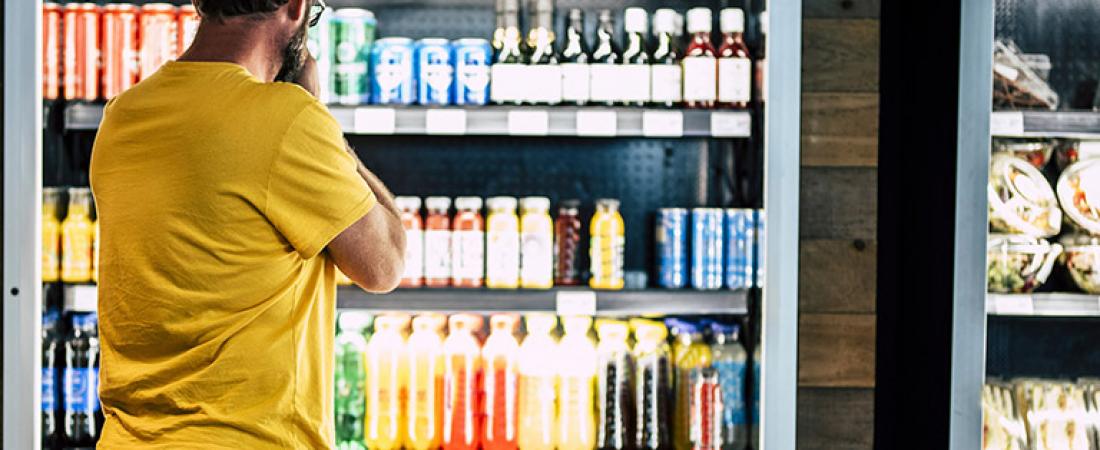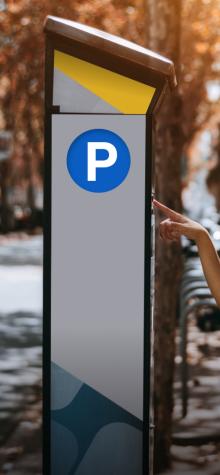Chuck Reed, VP of Vending and 20+ year industry veteran, often writes about trends that affect the industry and the technology that drives it. Read below to see Chuck's take on what's in store for the next year (and decade) of vending and payment technology.

2020
Looking into a New Decade of Vending
I talked a lot about payment choice in 2019—maybe too much, in fact. The reason I feel so passionately about payment choice is because it is a necessary (yet, overlooked) indicator of our industry's future. To recap, I wrote and spoke about how consumers drive payment options, how consumer demands shape future technology, and whether cash is here to stay or leave (to confirm: it’s not going anywhere). But, as we settle into 2020, I want to talk about three topics that we at CPI see as top of mind for the industry as we enter both a new year and decade: security, changes in technology, and the changing landscape of the industry. These three facets will continue to evolve, but it is my belief that they will be the underlying reason for change in 2020 and years to come.
Security
“There are two types of people: those who have been hacked, and those who don’t know they’ve been hacked.”
While we continue to see U.S. vending operators expand their base of connected machines, it’s obvious that operators are more aware than ever about not only the opportunities, but also the risks that come with a connected field base. Choose your favorite large retailer hacking story over the past year or two (Marriott, Target, Capital One) to reinforce the point that the Internet of Things (IoT) opens up a new universe of concerns for an operator. That isn’t to say the risks outweigh the rewards, but, instead, this highly interconnected world that is evolving before us poses new complexities for a business owner to evaluate as they introduce new technologies and update existing ones.
Don’t skimp on educating yourself and knowing the right questions to ask to make informed decisions. Topics that wouldn’t have previously been broached in the industry, such as device security, are now receiving more scrutiny. Whether it is the telemeter that enables route efficiency, or the cashless readers processing payment, ensuring your hardware is protected from hackers is critical. It can be hard to know where to start when it comes to securing your operation, and we continue to encourage operators to do their homework and believe only half of what you see and none of what you hear. Don’t limit yourself to PCI compliance, and think about your operation as a whole when you talk about security. Look to your provider for answers, and challenge them to proactively update you on security and protection. Don’t skimp on educating yourself and knowing the right questions to ask to make informed decisions. I believe this is the key action for operators in 2020 and beyond.
New Technology
What to Expect
When it comes to payment technology, there is sustained interest in integrated payment hardware. Operators continue to evaluate areas to cut costs and improve efficiency (in installation, in servicing, in accepting payment). The vision of a single piece of hardware that does it all is at the forefront for technology developers and buyers alike. We are seeing this kind of innovation in integrated hardware now with advancements in card readers that combine screens, telemeters, and multiple electronic payment methods in one.
We can expect developments that take machines from a disparate set of hardware into a seamless ecosystem. What’s next? You can expect to see innovations in payment hardware more cohesively communicating within a payment ecosystem. Think of any Apple products you currently use: your phone talks to your iPad and your laptop with a single Bluetooth connection. Now, imagine applying that to an entire payment ecosystem. With all devices talking to each other, operators will experience a better service experience and, likely, a lower overall cost of ownership. As IoT and connectivity continues to develop, we can expect developments that take machines from a disparate set of hardware into a seamless ecosystem.
The Changing Vending Landscape
How Our Market will Continue to Adapt
When we look at how the industry transforms, expect to see the continued prevalence of alternative unattended retail models, namely micromarkets and self-serve options. In the past few years, we observed the sustained growth of micromarkets as an alternative to traditional snack and beverage machines. This is especially true in workplaces and other closed-site environments (think hospitals, offices, universities). This trend lends itself to a new model as we see an uptick of popularity in self-serve coolers for both drinks and healthy meals.
The market is finding new ways to reach customers, all part of the convenience value proposition our industry excels at providing.
As the market continues to evolve and accommodate this self-serve model, we can expect this to affect the kind of payment and consumer technology that goes along with it. From loyalty apps to the continued growth in mobile payment use, operators should always consider future-proof payment technology that fulfills these needs and consumer preferences. While this could seem alarmist and signal that vending is dying, it’s actually the opposite. The market is finding new ways to reach customers, all part of the convenience value proposition our industry excels at providing.
Conclusion
So What?
Looking into 2020 and the decade beyond, I challenge operators and industry players to think big. As consumer behavior and preferences continue to adapt and change, so must our market and the way we consider the unattended retail experience. Operators should go into 2020 ready to make investments that future-proof their operations, seeking technology that sets them up to work with changes in the market. Identifying technology that is easy to update and keep secure, technology that provides connectivity-capability, and technology that works in multiple formats is the way we continue to envision future success.

